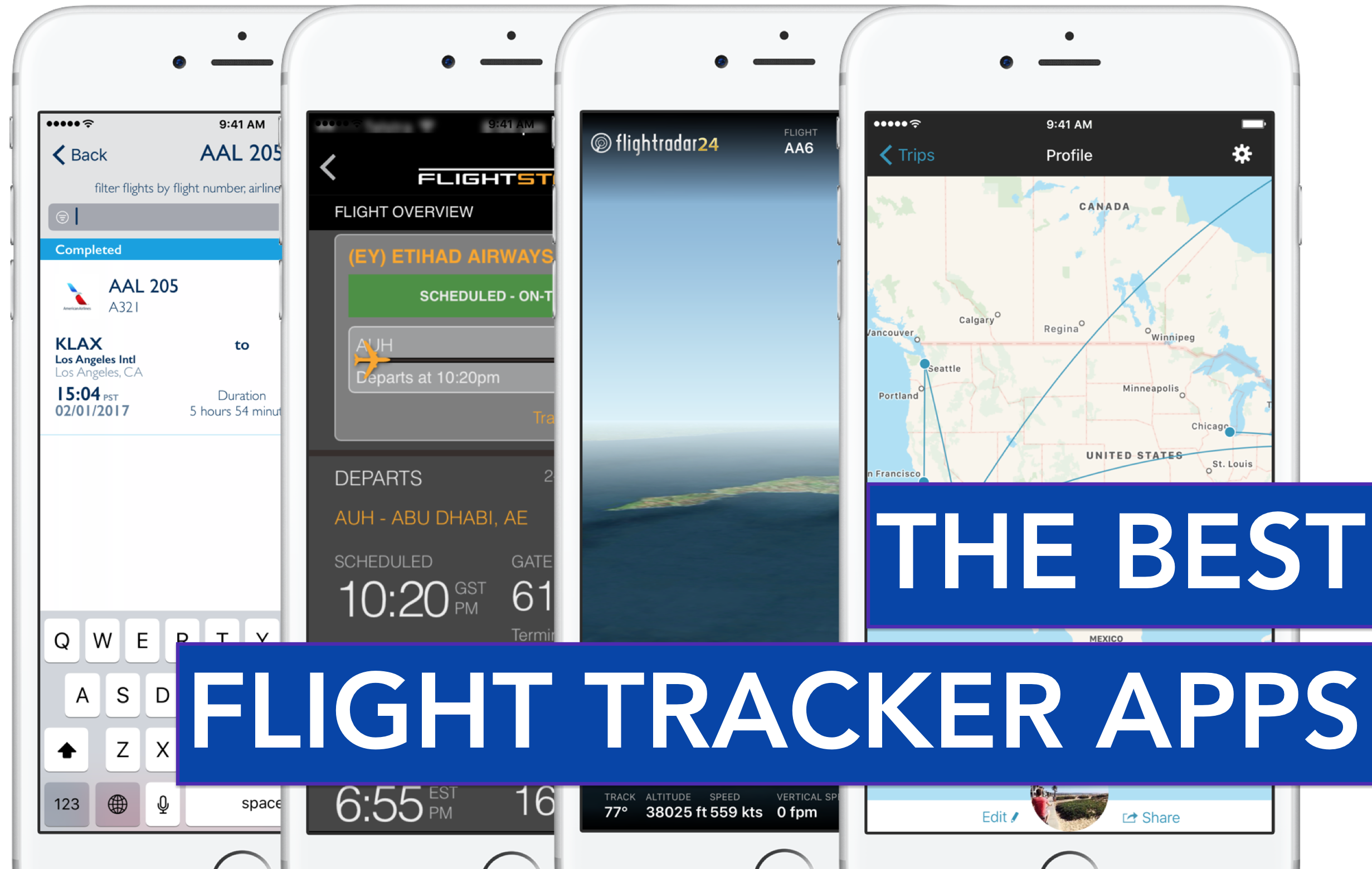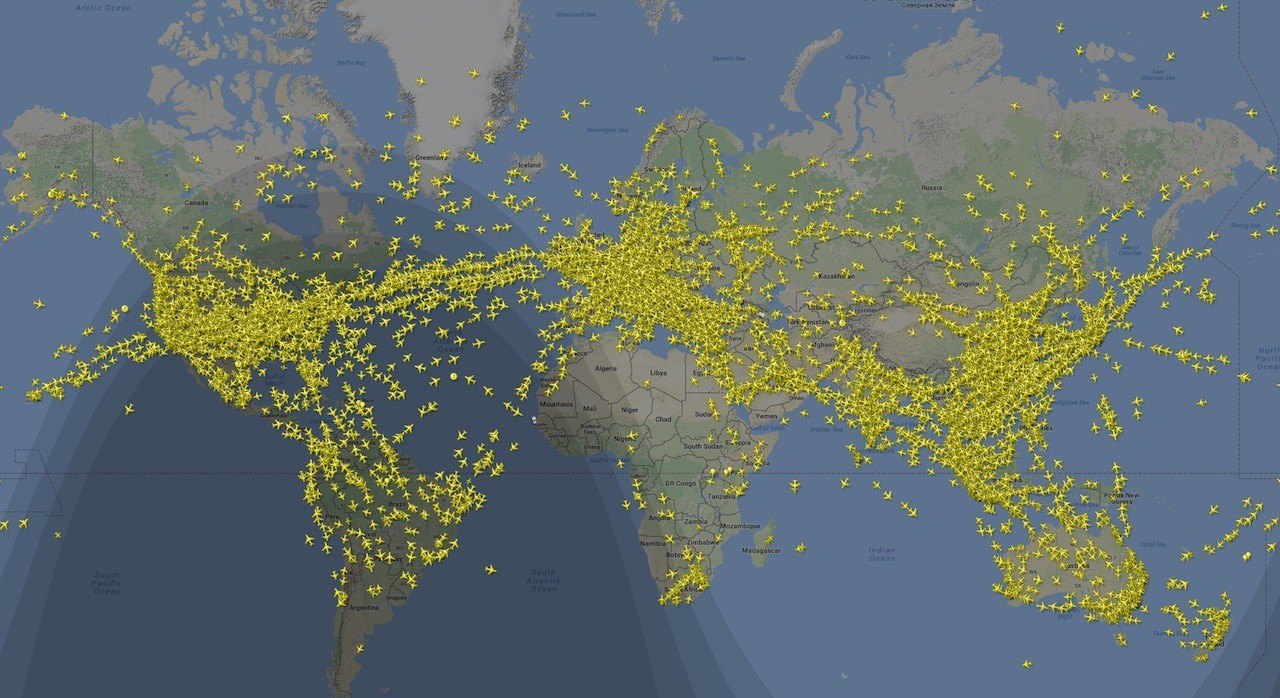
To see the data, go to Drones on Flightradarīy the way, the small private drones are not on Flightradar. That’s why it’s important that radar data be available to us all. One thing’s for certain – nowadays, pretty much everyone is affected by air traffic or will be at some point. These are just a few examples of Flight Radar users. If a flight takes place during the day and the route takes you through an interesting region, for example, then it might be a good idea to pick a seat with a view.

#Airplane tracker Pc#
No matter where you are in the world, anyone with a smartphone or a PC has the potential to access available Flight Radar data. Today, these applications are available to anyone with an Internet connection.
These efforts have produced a variety of Flight Radar applications. Over the years, especially since the appearance of the Internet in nearly every household and in nearly every pocket, tech-savvy users have begun making flight traffic information and data available to the general public. So air traffic controllers make the data available. Since each of these systems can only monitor one section of air space and many flights are international, it was necessary to network, share and coordinate data. Radar systems were installed in more and more locations world-wide. So the expansion of the radar system was also an important step in the development of aviation. The number of flight to be monitored is continuously increasing. Like their counterparts in civil aviation, they were responsible for conducting air traffic.Īs air transport became more and more significant, so did radar. Flight Radar systems were also used by members of the military. These were primarily civil aviation workers, who would be posted in airport flight towers and flight traffic control centres, making sure that flight traffic in their areas ran properly. Up until the end of the twentieth century, Flight Radar was only available to professionals. Where do the Flight Radar data come from? Flightradar Illustration: The System is based on land- and satellite tracking. This image can then be uploaded to the Internet to create the Flight Radar presented on our website. This image can be formatted as a map, so that all the planes currently in the air can be displayed on one screen. But if you combine data from radar receivers around the world, you’ll have a complete image of all flight movements. Of course, a single radar wave transmitter isn’t capable of detecting every flight around the globe. When these location data are placed on a map and the whole thing is digitised, the result is a Flight Radar.

The distance from the wave transmitter to the “impact” can be measured and used to precisely locate these objects.
As they pass through the air, radar waves hit planes, helicopters, drones and other flying objects in their path and bounce back. All flights and flight movements around the world are captured by radars (e.g.


 0 kommentar(er)
0 kommentar(er)
